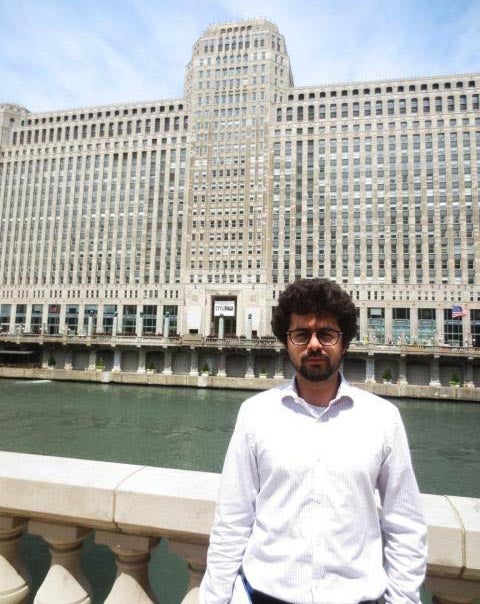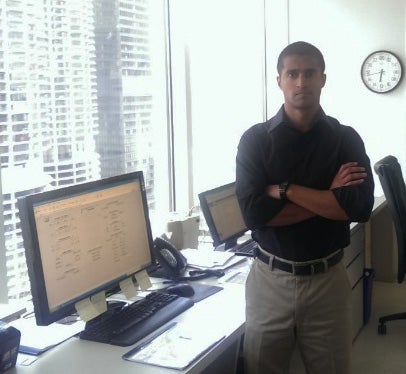By: Jeff Crystal, COO of Voltaic Systems
In 2007, EDF Climate Corps helped launch me into my career at the intersection of business and the environment. When the opportunity came to work with Environmental Defense Fund (EDF) on an innovative new program called Climate Corps, I jumped at the chance. The team at the time was small, and the program wasn’t yet clearly defined yet, just filled with unknowns. Having been at four startups prior, this felt just like home to me.
As the unofficial first Climate Corps fellow, I spent that summer working on a financial model, while running EDF’s own energy audit and implementing changes to reduce the NGO’s energy consumption.
The next summer, EDF brought 7 official Climate Corps fellows on board to search for energy efficiency opportunities at leading companies on the West coast. Now here we are, three years later, and the program has expanded seven-fold – with more than 80 total Climate Corps fellows working at Fortune 1000’s around the country to identify projects that could avoid more than 557,000 metric tons of GHG emissions. Though it’s seen its share of tweaks, the financial model I developed that first summer has been used to analyze all of these projects along the way.
Climate Corps confirmed my love for “hands dirty” operational work, and almost immediately after I completed my fellowship, I joined a startup that focuses on producing small scale energy systems, Voltaic Systems. Voltaic designssolar chargers and solar backpacks for powering electronics from cell phones to laptops and will soon introduce solar lighting.
Longer term, the Climate Corps experience has opened up a network of technical resources, a framework for thinking about sustainability and the knowledge to talk intelligently about this topic with a broad range of people in the industry. This fellowship has also given me a whole new vocabulary supported by a background of training and hands-on experience. I love being able to talk about the need for proper ballast settings on a T5 bulb or about the payback period of an HVAC tuning session.
The appreciation I maintain for sustainability is evident, not only in my company’s end-products but in all aspects of our business. Voltaic is constantly looking at ways to make our products more environmental friendly. We try to use fabrics and materials that use less energy to produce and require fewer (or no) toxic materials in their production process. I’ve kept in touch with former colleagues at EDF who have advised me on packaging providers that are doing interesting things with recycled PET, the limits of a Material Safety Data Sheet and emerging standards on phthalates.
When discussing my job opportunity with Voltaic, one question that came up was whether that team could have a big enough environmental impact. EDF’s staff tends to think in terms of policies and programs that can remove millions of tons of carbon. Could a startup producing solar products make a dent? When we think about introducing new products that could have a negative carbon impact and potential ways to pressure our suppliers to use more recycled materials, EDF is in the back of my head, urging me to do more.
 How does one maintain a facility of 4.2 million square feet, with five acres of roofs, that is two city blocks long and has 375 tenants? And, how does a building built in 1930 (also the largest building in the world at that time) compete with current technological innovations and new energy conservation trends? The answer lies in having accurate data, which can be a challenge considering the sheer size and age of this particular building.
How does one maintain a facility of 4.2 million square feet, with five acres of roofs, that is two city blocks long and has 375 tenants? And, how does a building built in 1930 (also the largest building in the world at that time) compete with current technological innovations and new energy conservation trends? The answer lies in having accurate data, which can be a challenge considering the sheer size and age of this particular building.










